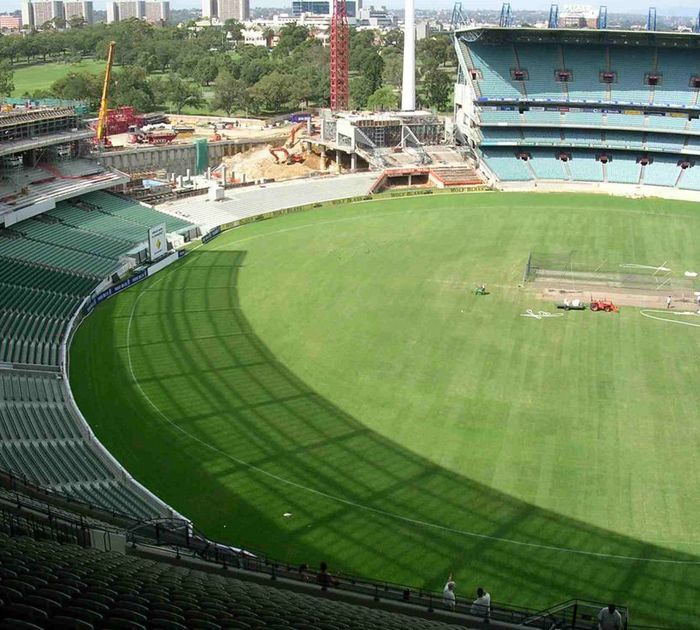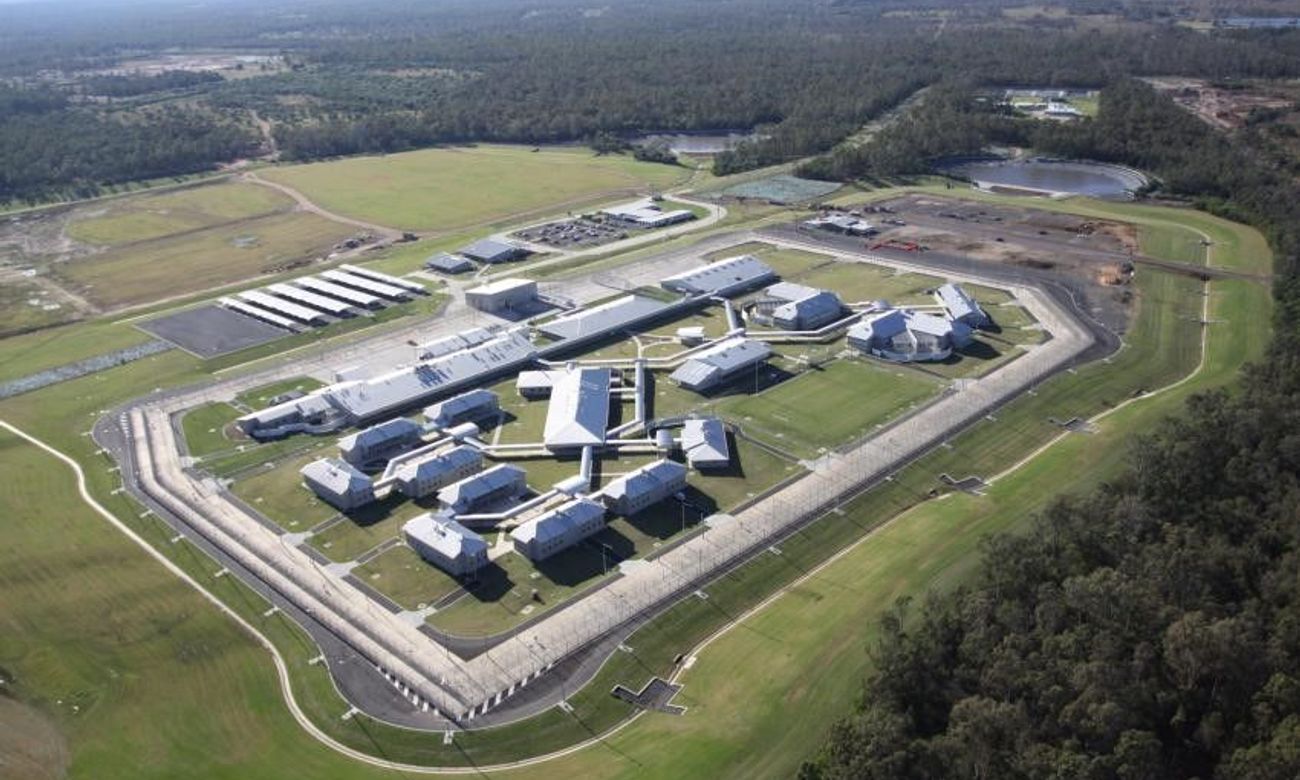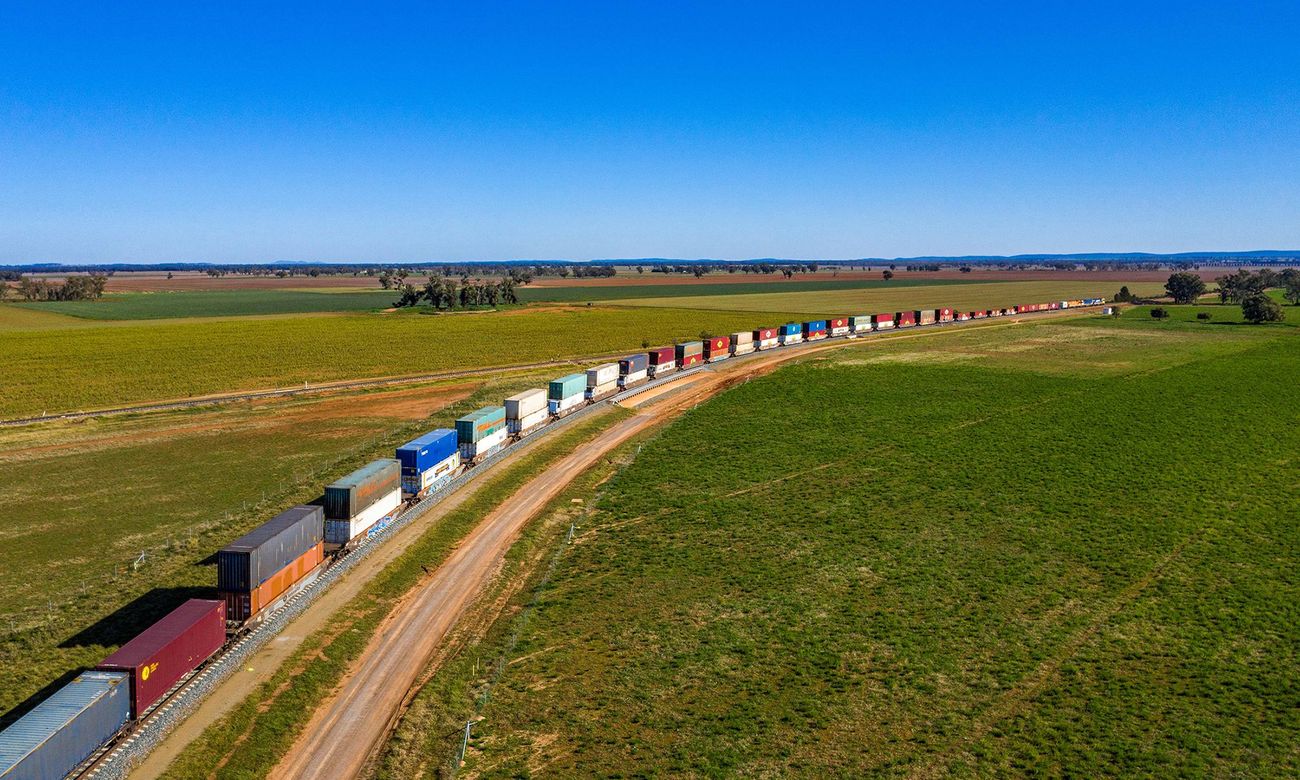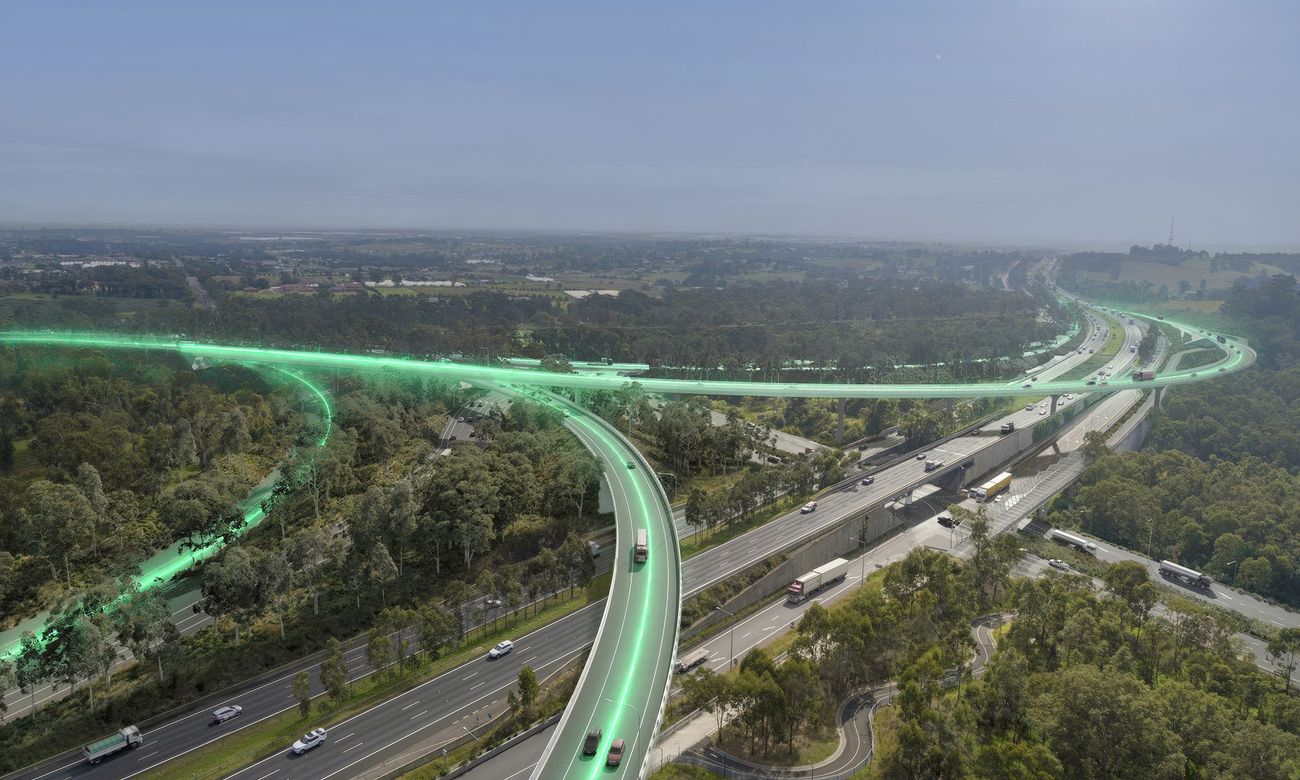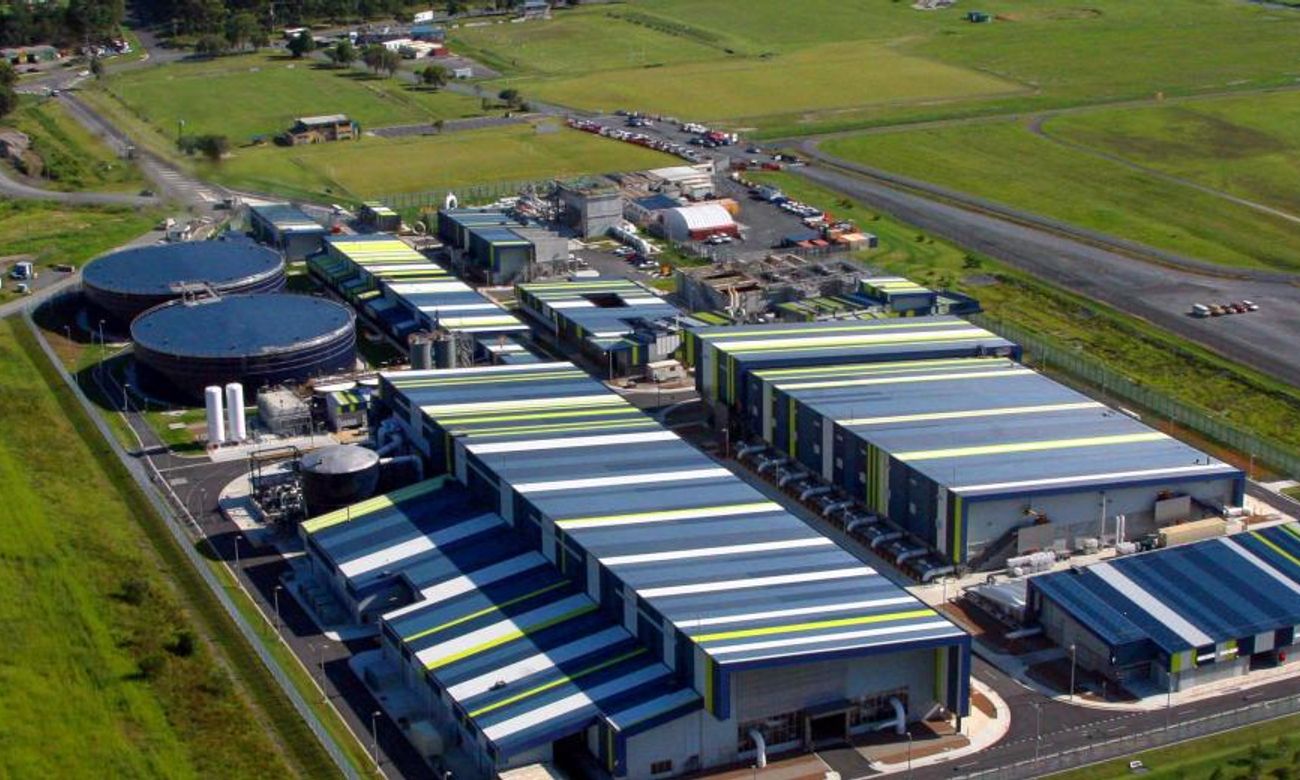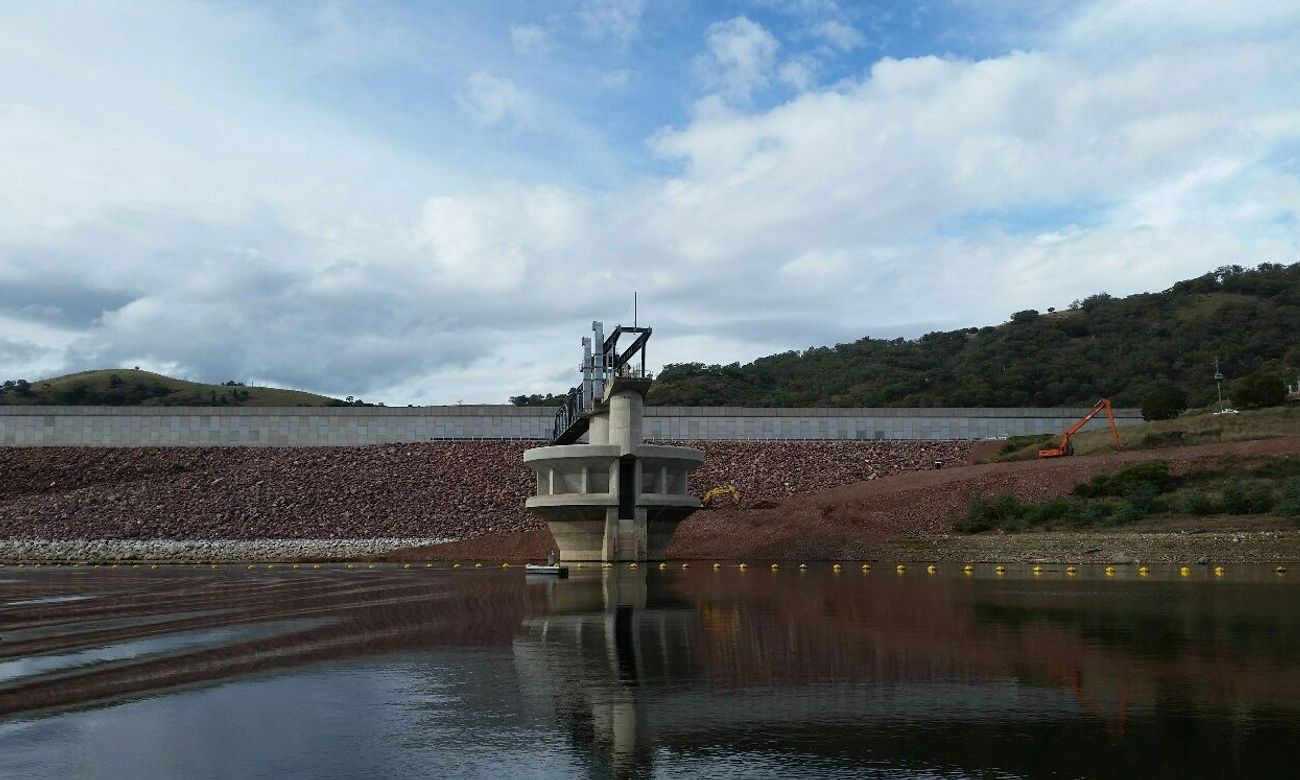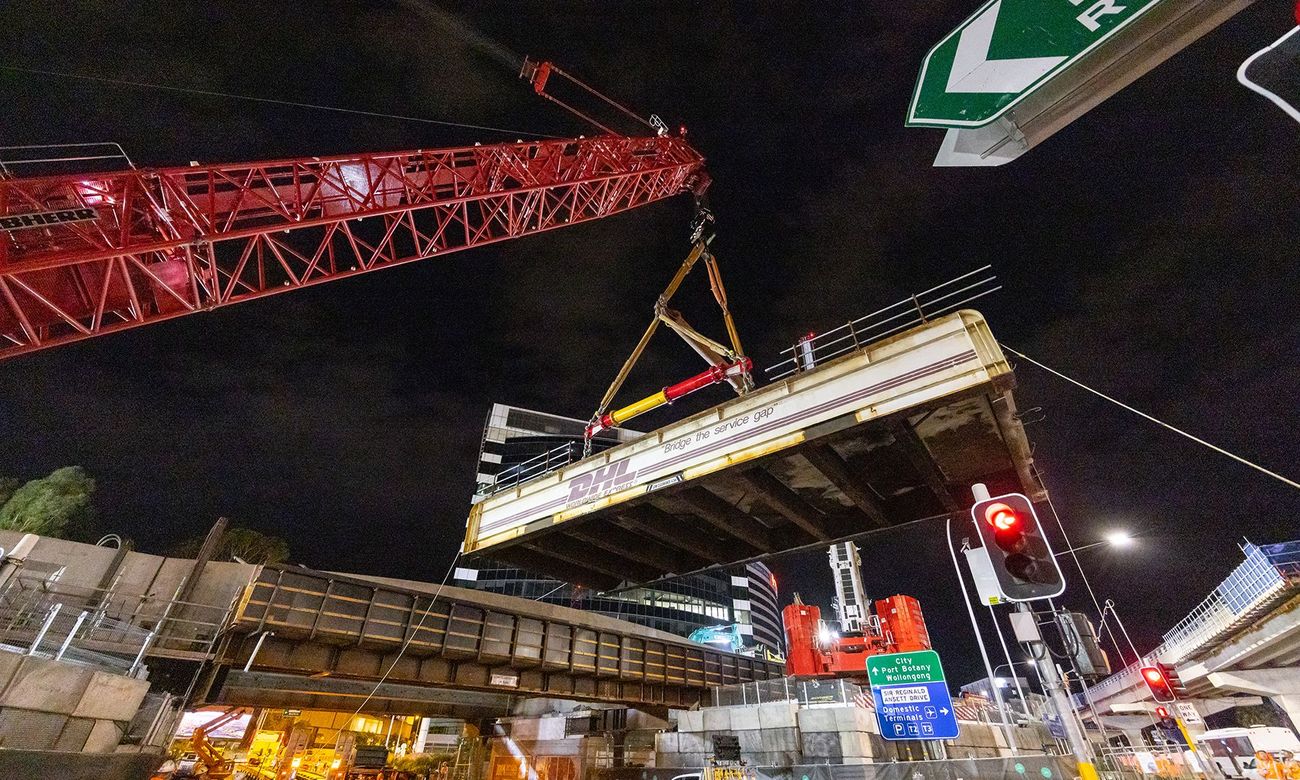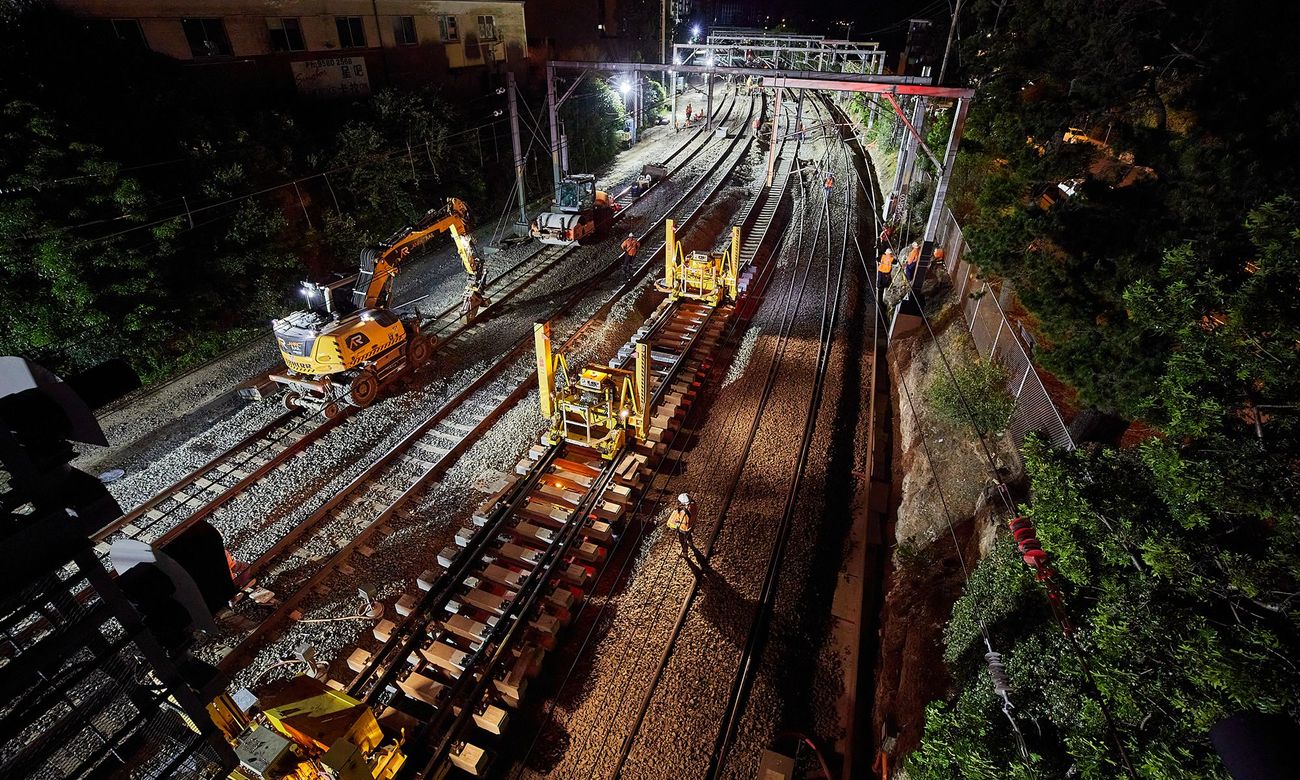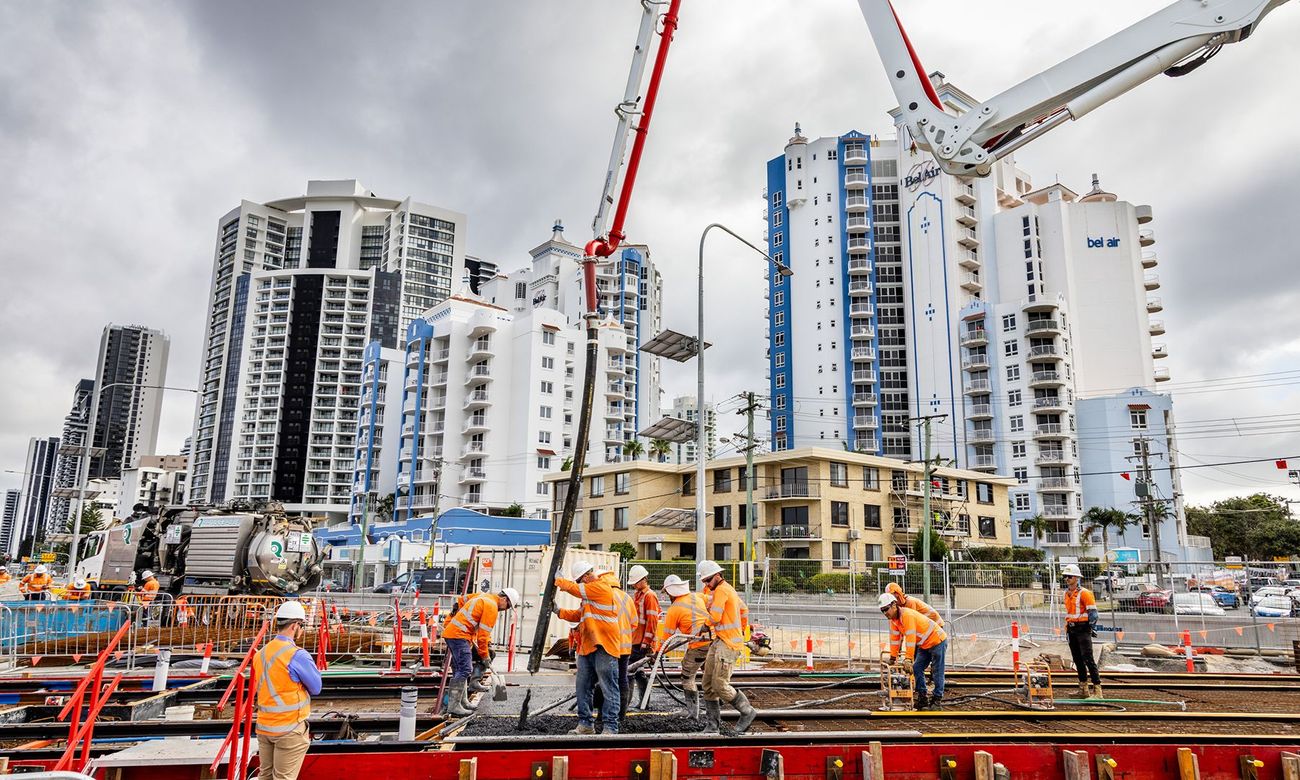
This $119 million project significantly increased the capacity of the iconic Melbourne Cricket Ground, providing capacity for 45,000 patrons. The stand occupies almost half of the MCG and holds almost half of the stadiums 100,000 spectators.
The new stand ensured the MCG became one of the world's biggest spectator facilities. It was redeveloped in time for the 1992 Cricket World Cup.
The $119 million scope included the staged demolition of the old stand, and construction of the new stand and supporting facilities. This included food and beverage outlets, bars, corporate suites, underground car parking, commercial office space, TAB outlets and a police station.
The demolition of the old stand involved the removal of 5,000 panels of asbestos sheeting and 550 tonnes of roof structure and was staged around the MCG's sporting calendar.
The new stand is 324 metres long and 45 metres high – similar to the dimensions of a 70-storey building - and its core has seven levels that cantilever four tiers of seating. The upper level is sheltered by a steel cantilevered roof. Placed within the stand are 14,000 precast elements, including 36 kilometres of hollow-core planks, 2,700 tonnes of reinforcing steel, 2,700 tonnes of structural steel, four kilometres of underground services and 20 kilometres of internal plumbing pipework. The large number of precast components enabled the whole project to be pieced together.
- Customer
Melbourne Cricket Club - Location
Melbourne, Victoria - Specialisation
Tourism & stadia - Start
April 1990 - End
March 1992

